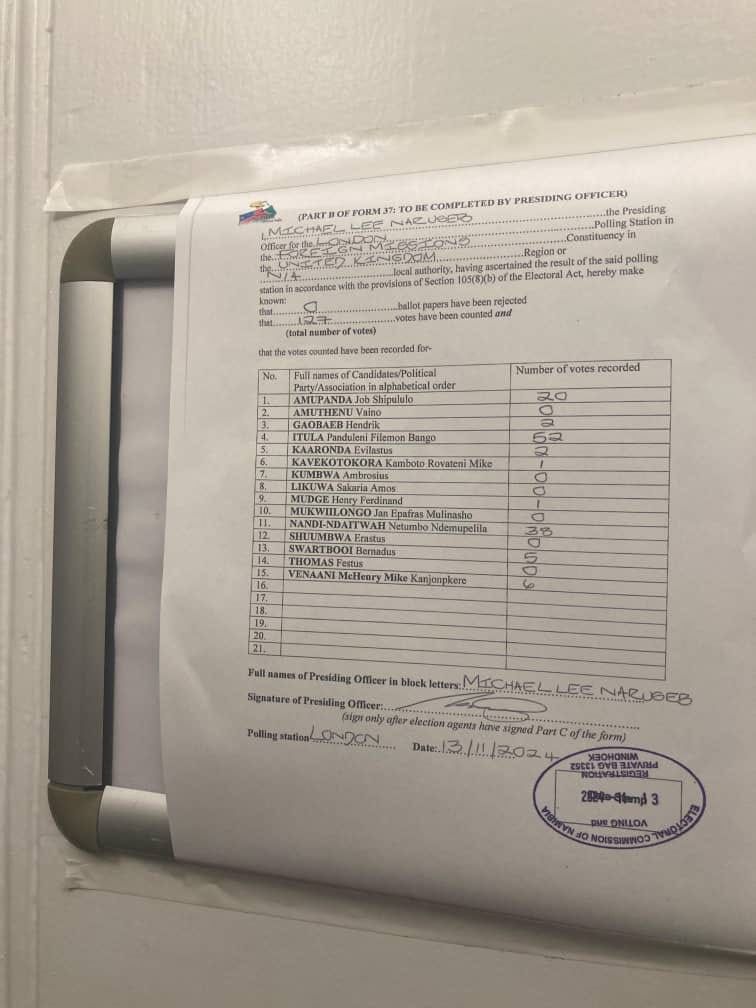In Africa, the terms small-scale mining and artisanal small-scale mining are often used interchangeably, usually accompanied by a portrait of an impoverished miner knee-high in mud, scrabbling through dirt with a spade in search of riches.
With that portrait hanging in the boardrooms of multinational companies and organisations, no wonder the merest mention of artisanal small-scale mining is regarded as uneconomic and unviable.
However, are small-scale mining and artisanal small-scale mining the same, or is there a need to distinguish between them?
Let’s briefly highlight the difference between mining claims, exclusive prospecting licences (EPL) and mining licences (ML) in Namibia.
Registering a mining claim starts with a non-exclusive prospecting licence (NEPL), which can only be applied for by a Namibian natural person or company.
They can register a maximum of 10 mining claims under such an NEPL, with each claim limited to 18 hectares in size.
When applying for a mining claim under the semi-precious stone (tourmaline, amethyst, etc) mineral group, the NEPL holder need only fill out an environmental questionnaire to obtain an environmental clearance certificate (ECC) to activate the MC.
For other mineral groups such as base and rare metals (e.g. copper), industrial minerals (e.g. lithium) and precious metals (e.g. gold), an environmental impact assessment (EIA) is required to obtain an ECC.
Once a claim is formally registered, the holder can simultaneously explore and mine, and should renew the mining claim every three years.
EPL HOLDERS
On the other hand, EPLs are not limited to Namibian persons or companies, and don’t require pegging under an NEPL as the application size is beyond 18 hectares.
EPL applications are more rigorous and require applicants to illustrate the required technical and financial capacity to undertake exploration activities. Unlike mining claims, EPL holders are limited only to exploration activities, and can only remove limited quantities of minerals for research and development purposes.
After data from exploration activities is gathered, a mining licence can be applied for over areas within the EPL that have potential.
Once approved, it allows mining activities to take place over a longer fixed period of around 15+ years depending on the exploration outcomes.
Despite the size disproportion between mining claims and EPLs, an ML can be applied for, and granted, over both mining claims and EPLs.
While this illustrates the preference of EPLs over MCs for obvious investment reasons attached to size and foreign ownership, it nonetheless creates a biased attachment of MCs to the ASM sector despite MLs being capable of being applied over MCs.
If properly assessed, the very reason for MCs being limited to Namibians, and applications for semi-precious stones requiring only completing an ‘environmental questionnaire’, as opposed to requiring an EIA to obtain an ECC, was to accommodate marginalised Namibian miners trading in gemstones who don’t need advanced mining techniques and equipment.
‘LOOTING’ AND LOOPHOLES
However, what about mineral groups requiring EIAs such as base and rare metals, for example, under which copper falls, requiring advanced technology to extract and process such minerals?
Should the full potential of all exploration and mining activities within those mineral groups be solely disregarded as “economically unviable” because they take place within the ASM sector of a mining claim licensing regime as opposed to an EPL one?
The obvious answer is no.
In fact, the very sector considered as ‘small-scale’ is being looted and exploited by foreign ‘large-scale’ companies who take advantage of the loopholes, especially the simultaneous ‘explore and mine’ flexibility offered under mining claims. Rather than going through the rigorous EPL procedure, they often prey on existing mining claims holders posing as technical and financial partners, and ‘lease’ their mining to leapfrog the ‘foreign ownership restriction’ of MCs.
In most instances, and especially for copper or lithium, MC holders hardly reap the benefits from the sale of the ore as the ‘investor’ needs to recoup their investment.
In other instances, copper ore is bought from these miners for amounts which are not market related.
This ore is then exported raw rather than in processed form, as the ban on unprocessed ore only applies to critical minerals (lithium, tantalite, etc) and not copper (defined as a strategic mineral alongside nickel).
With copper ore usually containing byproducts of gold and silver (precious metals), this results in lost revenue for the state through royalties.
IS IT TIME FOR A POLICY RESET?
So, how do we curb these loopholes?
For starters, we need to redefine ASM and isolate it as AM (artisanal mining), describing those activities requiring ‘manual or somewhat mechanised’ methods which are highly labour intensive and traditional in nature.
SSM can be upgraded from AM, using advanced extraction and processing technologies with a potential high level of automation (not artisanal) which is low impact and sustainable in nature.
SSM characteristics can include extraction of small but high-grade deposits, small-scale operations in larger deposits with small economic margins, or shorter duration of mining due to small mineral reserves, and economic market conditions.
The government needs to realise the SSM sector’s true potential, concentrating on minerals extracted in ‘bulk’ form.
It must conduct an industrial experiment to create a conducive mining environment through policy reform steered towards a degree of structure, organisation and forward planning of the SSM sector.
This should be supported by access to mining capital, technology and rigorous training initiatives to enable such miners to sustainably extract and exploit those ore deposits considered ‘small’ for large corporations.
By creating an enabling mining culture which positions these miners along the mining value chain, Namibia can paint her version of a well-structured small-scale mining industry within her borders, as opposed to allowing the generic artisanal small-scale mining portrayal of other African countries to drag her through the mud.
To that end, there is nothing small about small scale mining.
- *Stanley L Kambonde is a mining professional with an LLM in oil, gas and mining law
Stay informed with The Namibian – your source for credible journalism. Get in-depth reporting and opinions for
only N$85 a month. Invest in journalism, invest in democracy –
Subscribe Now!






